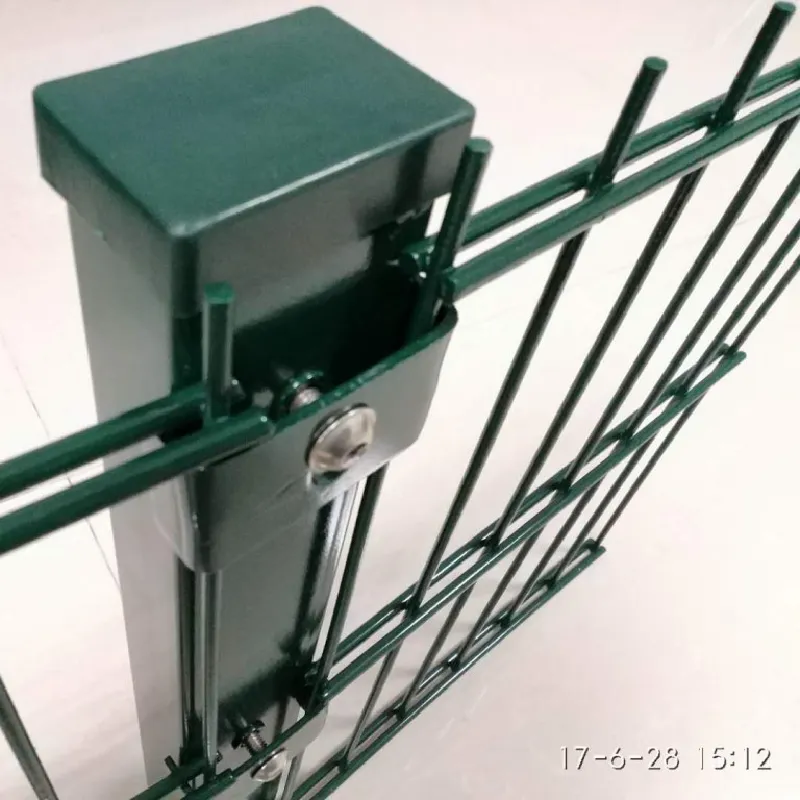
- Afrikaans
- Albanian
- Arabic
- Armenian
- Azerbaijani
- Basque
- Belarusian
- Bengali
- Bosnian
- Bulgarian
- Croatian
- Czech
- Danish
- Dutch
- English
- Esperanto
- Estonian
- Finnish
- French
- Galician
- Georgian
- German
- Greek
- hawaiian
- Hindi
- Hungarian
- Indonesian
- irish
- Italian
- Lao
- Latvian
- Lithuanian
- Luxembourgish
- Macedonian
- Maltese
- Myanmar
- Norwegian
- Polish
- Portuguese
- Romanian
- Russian
- Serbian
- Slovak
- Somali
- Spanish
- Swedish
- Thai
- Turkish
- Turkmen
- Vietnamese
Des . 23, 2024 23:04 Back to list
Comparative Analysis of Costs for Field Fencing Options
Understanding Field Fencing Prices A Comprehensive Guide
When it comes to maintaining livestock or protecting crops, field fencing plays a crucial role. However, the cost of field fencing can vary significantly based on several factors. In this article, we will explore the various aspects that influence field fencing prices, helping you make an informed decision that fits your budget and needs.
Types of Field Fencing
1. Wire Fencing One of the most common and affordable options, wire fencing typically comes in barbed, high-tensile, and woven wire forms. Barbed wire is often used for cattle, while woven wire is preferred for smaller livestock. The price for wire fencing can range from $0.10 to $0.50 per foot, depending on the type and quality of wire used.
2. Wooden Fencing Wooden posts combined with wire or wooden panels provide a sturdy and aesthetically pleasing option. However, this type tends to be more expensive, with costs ranging from $2 to $5 per foot. It’s essential to consider the type of wood, as pressure-treated options will last longer and require less maintenance.
3. Vinyl Fencing Although more commonly used for residential properties, vinyl fencing is becoming increasingly popular in agricultural settings due to its longevity and low maintenance. Expect to pay between $20 to $30 per foot for a quality vinyl fence.
4. Electric Fencing A cost-effective solution for managing grazing patterns. While the upfront installation costs might be lower than traditional fencing, the ongoing electricity costs should be factored in. Prices range from $0.10 to $0.50 per foot for the wire, plus an additional cost for the energizer and accessories.
Factors Influencing Field Fencing Prices
1. Material Quality The quality of materials plays a significant role in the cost of fencing. Higher-quality materials may have a higher initial cost but could save you money in the long run through durability and lower maintenance needs.
field fencing prices

2. Height and Length of Fence The height and length of the fencing required directly influence the total cost. A taller fence will typically require more materials and labor, thus increasing the price. Additionally, for large fields, the total linear footage will drive up the expense considerably.
3. Labor Costs Depending on your location and the complexity of the installation, labor costs can vary. In some cases, installing the fence yourself can save a considerable amount of money, but it requires a level of skill and knowledge about the fencing process.
4. Terrain and Site Preparation The state of the land where the fence will be installed can impact costs. Rocky or uneven terrain may require additional post-holes or bracing, increasing labor and material prices.
5. Permits and Regulations Depending on your locality, there may be building permits or regulatory measures that dictate how fencing must be installed. This can add to the overall cost if specialized materials or installation methods are required.
6. Location Prices can vary based on geographical location. Rural areas might have lower pricing due to reduced labor costs, while urban locations may see higher prices due to demand and proximity to suppliers.
Budgeting for Field Fencing
To effectively budget for a field fencing project, start by measuring the area you wish to enclose and selecting the type of fencing that meets your needs and preferences. Gather quotes from multiple suppliers and contractors to understand the market rates in your area. Always consider both short-term and long-term costs, including installation, maintenance, and material longevity.
Conclusion
Understanding field fencing prices involves considering numerous factors, including material choices, labor costs, and unique site conditions. By doing thorough research and planning, you can make an informed decision that best fits your agricultural or property management needs. Regardless of which option you choose, investing in quality fencing will provide security for your livestock and crops, ensuring a more productive and safeguarded agricultural operation.
-
Versatile Sheep and Livestock Hurdles for Sale
NewsApr.14,2025
-
The Rise of BRC Fencing
NewsApr.14,2025
-
High-Quality Cattle and Horse Panels for Sale
NewsApr.14,2025
-
Durable Cattle Fencing Solutions
NewsApr.14,2025
-
Double Wire Fencing Solutions
NewsApr.14,2025
-
360 Degree Protection with 358 Anti-Climb Fences
NewsApr.14,2025









